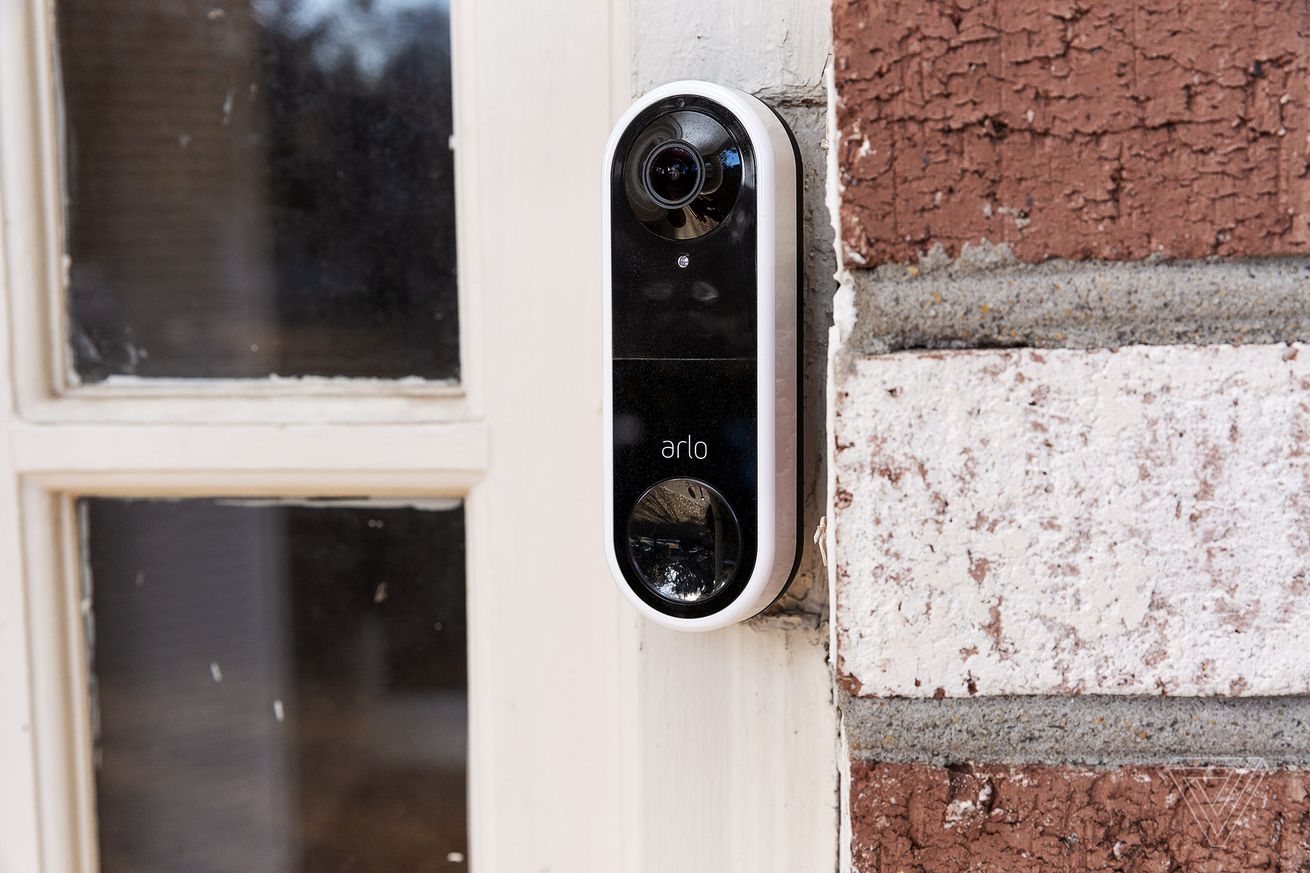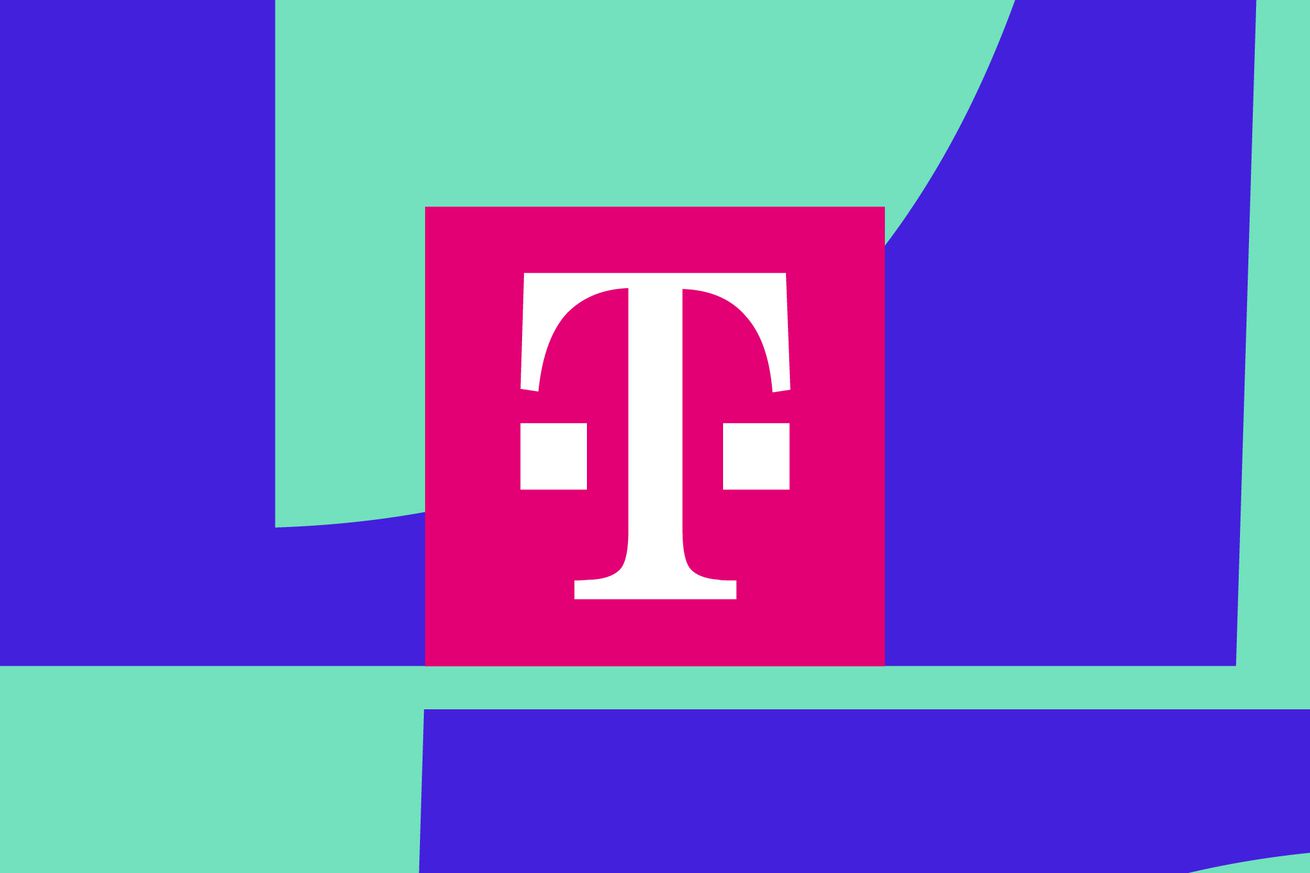
Hi, friends! Welcome to Installer No. 7, your guide to the best and Verge-iest stuff in the world. (If you’re new here, first of all, hi, hello, welcome, and second of all, you can read all the old editions at the Installer homepage.)
This week, I’ve been reading about the AI writing lives of real writers, rewatching the John Wick movies to prepare for The Continental, shopping for StandBy-capable iPhone docks, getting back into VR exercise with Supernatural boxing, and really, really, really hoping Microsoft’s controller-first vision for the future of gaming comes true soon.
I also have for you a new super-slick Windows laptop, two crypto-related podcasts you should hear, a reason to try Bard again, OpenAI’s new image-making tool, a smart home platform to try, and the Tesla of baby monitors.
Oh, and fair warning: this week’s pretty Apple-heavy. But it’s New Apple Software Upgrade Week, so there’s just a lot to go through. We’ll do the same for Android 14 in a couple of weeks, too, I suspect, so send me all your favorite Android stuff! And Meta Connect is next week, so maybe we’ll get weird with some VR stuff, too. Anyway, let’s get to it.
(As always, the best part of Installer is your ideas and tips. What do you want to know more about? What awesome tricks do you know that everyone else should? What app should everyone be using? Tell me everything: installer@theverge.com. And if you want to get every issue of Installer a day early in your email inbox you can subscribe here.)
The Drop
- Orion. A new iPad app that lets you use it like an HDMI display, as long as you have a capture card. (They’re cheap.) That means your iPad can be an external screen for your game system, your Raspberry Pi, basically anything you could plug into a TV or monitor. And for $5, you get a bunch of fun filters and adjustment tools. (A lot of people recommended this one — thanks to all who sent it in!)
- Microsoft’s Surface Laptop Studio 2. This is the Windows MacBook Pro, and I mean that in the best way. The first-gen Laptop Studio is my daily driver Windows PC, and I love the look, the funky screen, everything about it except the processor and the battery life. Microsoft seems to have fixed both and then some. I’m psyched about this thing, even if it does start at $1,999.
- “Based on a true story.” The movie Dumb Money sounds like it’s not particularly accurate but still a lot of fun, but I’m still thinking about this Planet Money episode that dove into the story of how the GameStop saga turned into a bidding war and a race in Hollywood to make the first movie about the diamond-hands crowd. Hollywood’s a weird place, y’all. (Side note: last week’s episode, about the Axie Infinity hack, was also really good.)
- Amazon’s Echo Hub. One $179.99 screen, which you can mount on your wall or leave in a dock on a table, that controls all your smart home stuff. (At least all your Echo-capable stuff, anyway, which is a pretty big list.) I’m in on the smart home but out on controlling everything with voice commands, and this looks like a solid all-in-one controller.
- Vulture’s Movies Fantasy League. I’m a sucker for any kind of fantasy league, so, of course, I’m all in on this one from our friends at Vulture: you pick a bunch of 2023 movies, and get points for how they perform in theaters and at awards shows. I’m taking The Killer and Paw Patrol all the way to the top. Signups close this week, so get in now!
- DALL-E 3. OpenAI’s image-generation tool seems to have gotten some big upgrades, particularly in its ability to integrate with ChatGPT to improve the prompts you give the tool. (It’s just chatbots on chatbots, y’all.) Right now, your best bet to get DALL-E 3 is probably through Bing Chat, where it’s rolling out slowly — OpenAI says it won’t be in ChatGPT until next month.
- YouTube Create. It’s deeply bizarre that it took YouTube this long to make an actually useful, mobile-first video tool for creators. But hey: it’s in the Play Store now. In beta. And maybe not accessible to everyone. But if you’re a Shorts-making fiend, it’s still progress.
- Tally 2.0. Google Forms is the worst, and everyone should stop using it. The new version of Tally is much nicer: it looks a lot (like, a lot) like Notion, and it’s pretty easy both to build and share a form for collecting really any kind of data from your friends or co-workers or whoever. And most of it’s free to use.
- Google Bard Extensions. Google’s AI chatbot got a big upgrade this week: you can now integrate it with Gmail, Drive, YouTube, and other Google products. Bard’s still dumb in a lot of ways, but I’ve found it surprisingly useful for things like “show me fun videos about the Roman Empire” and “what was the confirmation number from my last Delta flight?”
- Whisper Notes. I’ve become sort of obsessed with voice-notes apps, mostly because I spend a lot of time walking around pushing a stroller and need a way to write down all the things I’ll otherwise forget to do. Whisper, OpenAI’s speech-to-text system, is really good, and this is one of the better-looking apps I’ve seen built with it. No mobile app yet, but that’s apparently coming.
Deep dive
I’ve been thinking about this for a while now, and I’ve decided that interactive widgets are the best thing to happen to the iPhone and iPad since, like, cameras. I don’t know. Interactive widgets are awesome! And with iOS 17 and iPadOS 17 coming out this week, a huge number of Apple developers have released new or upgraded apps with really fun widgets you can interact with right from your homescreen.
There are lots of good new apps to try — everybody’s favorite Shortcuts guru Matthew Cassinelli rounded up 160, which should get you started — but I’ve been thinking more about the different ways you might approach becoming a Widget Person. Because if you’re not already living the widget life? It’s time. Here are a few ways to get started:
- Playback widgets. This is the single best and most universally useful thing you can do: put a widget for your favorite music or podcasts app — many have already updated, Spotify infuriatingly has not, and I think Overcast’s widget is the best so far — and you can play or pause your stuff from your homescreen. Easy win.
- Checkbox widgets. Do you use a to-do list app? Use its widget to see and check off your tasks throughout the day! (I really like the Things widget, and the built-in Reminders app has a good one, too.)
- Timer widgets. If you’re the Pomodoro-tracker type, you can use Focus to quickly start and stop your work sessions. You can use Timelines to track your time. Time’s Up is pretty good for just setting and stopping timers of any kind for any reason.
- Counter widgets. Interactive widgets make it so much easier to track just about anything. You can use a habit-tracking app like Gentler Streak or Streaks (which I am finally actually using every day), a single-purpose app like WaterMinder, or just a number counter like Tally to keep track of just about anything.
- Weather widgets. Now, instead of just seeing the temperature or one graph or whatever, apps like NOAA Weather Radar RainViewer (that name!) let you tap to switch from temperature to precipitation and more, all on the homescreen.
I could keep going, but that’s a pretty good start. Think about it like this: anything you do on your phone that is just “tap the app, tap a thing, close the app” can and should be replaced by an interactive widget. And at least for me, that’s a lot more of my phone usage than I expected.
Oh, and a bonus: you can and absolutely should make your own widgets! Widgetsmith is a great app that just got a bunch of new interactive features — you can use it to make calendar widgets, weather widgets, photo album widgets, activity widgets, music widgets — practically anything you can think of. I also like Launcher, which lets you make widgets to launch apps, call someone, go to a webpage, and lots more — or almost anything else. I’m a heavy user of both, and my phone is slowly becoming widgets all the way down.
Have you found an iOS 17 widget you love? Tell me about it! I’ll feature some more next week.
Ben Springwater is the CEO of Matter, my favorite read-later app. (Matter just launched a feature called “Readable Podcasts,” which makes it easy to transcribe and take notes on what you’re listening to — it’s really cool.) He has also just been in the product-making game for a long time, so he’s a fun guy to talk to about what makes for great software.
I asked Ben to share his homescreen, plus a few things he’s into right now. I was sort of hoping it would just be a hundred different beta versions of Matter, and I was, I’m sorry to say, mostly disappointed. But Ben’s homescreen also turned me on to a bunch of cool new apps! So I’ll take it.
Here’s what’s on Ben’s homescreen, plus some info on the apps he uses and why:
/cdn.vox-cdn.com/uploads/chorus_asset/file/24943734/Ben_Springwater_Homescreen.jpg)
The phone: iPhone 14 Pro Max
The wallpaper: I’m a proud new dad!
The apps: Safari, Perplexity.ai (better than Google for many queries), Calendar, Spotify, Untitled (beautiful, minimalist podcast app by @rishmody, still in beta), Endel, Audible, Slack, Superhuman, TestFlight (I look forward to a new TestFlight Matter build every day at about 6PM), Figma, Notes, Reflect (outstanding new notes app that strikes a nice balance between simplicity and power), Artifact, Nanit (“Tesla of baby monitors” is how I’ve heard it described), WhatsApp, Find My, Retro (it’s the Goldilocks photo sharing app), Arc, Tide Guide, Yoga, Fitness, Levels (eye-opening! Has spurred me to change how I eat), Phone, Apple Maps, Matter (my favorite and most-used app, both because I build it and because I “build it for myself”).
I also asked Ben to share a few things he’s into right now. Here’s what he came back with:
- Wentworth Wooden Jigsaw Puzzles. My wife and I got hooked on a recent family vacation. Beautiful puzzles. We just bought a new 1,000-piece-r.
- Grapefruit Spindrift. My addiction. What can I say?
- Dwarkesh Podcast. I listen to a lot of podcasts. Most are pretty well-known (Ezra, Tyler, Russ, Lex, Sam, etc.). Dwarkesh’s is the best podcast that not many people know about yet.
- Saunas. Got one in my backyard during covid, and it has been the best (material) investment I’ve ever made. Great way to spend time with friends. “If there are few banias, we live in unity; but if there are too many, we are lonely because one does not visit the other.” (Russian proverb)
Crowdsourced
Here’s what the Installer community is into this week. I want to know what you’re into right now as well! Email installer@theverge.com with your recommendations for anything and everything, and we’ll feature some of our favorites here every week.
“As a fellow Arsenal fan, I love FotMob — a service to check football (soccer) scores, stats, team sheets, player info, play-by-plays, etc. Polished and native-feeling apps for iPhone and iPad (which also works on Mac), with early support for new APIs. They’ve had live activities for almost a year and already support StandBy mode! I haven’t tried the Android or web app, but it’s there — and your favorite teams and players sync between them all.” — Erlend
“Blacklight shines a light on the websites you browse to see what tracking technologies it might be using. Is the site fairly clean, or does it look like a Jackson Pollock painting?” — Jason
“Saw your recent post about how to make your phone feel like new, and I think you missed something useful that I did recently. Took a long pin (or a needle would do the same) and removed a bunch of built-up junk from the Lightning charger port of my iPhone. It wasn’t charging well (often not charging at all) and now charges again like a dream. I also took the same needle and ran it across the earpiece on the phone, which seemed to clear out a bunch of gunk (sorry!) that had caused the audio quality to degrade. Sounds like new now.” — PJ
“I found out about VesselFinder recently. Watching it makes me feel like a God playing real life as a city builder.” — Sam
“I’m reading Your Face Belongs to Us by Kashmir Hill, and it’s very good.” — Creighton
“I’ve continued my descent into bliss / madness with Home Assistant; I replaced a couple more Wi-Fi devices w/ Zigbee ones — and things work better, thanks to mesh networking! The Home Assistant devs keep cranking out updates, and it really has changed my perception of what a smart home can be.” — Cassidy
“Apple made a big show of the ‘Double Tap’ feature at its announcement of Apple Watch Series 9 / Ultra 2. I was ready to trade in my first-gen Ultra for that upgrade alone. But a good friend and fellow tech geek pointed out that current Apple Watches can get the same feature by enabling the AssistiveTouch > Hand Gestures option under Accessibility on the Watch and selecting “Tap” for the Double Pinch option. Great for clearing notifications off the watch with one hand!” — Kirk
“Season 2 of The Afterparty on Apple TV Plus was really good. It’s kind of like Knives Out but with less emphasis on being clever.” — Ross
“Merlin Bird ID. It’s fun to be able to record a bird song nearby and be told what it is. The photo ID is also nice, but I find it hard to get a good pic sometimes. Pro tip: download the US and Canada Continental pack. It’s not much bigger, and you’re set if you travel.” — Mike
“App in the Air is like your flight-saver app. It alerts you fast enough about cancellations and delays, sometimes even faster than some airlines can manage. The app also caters to the aviation geeks, keeping track of your journeys and carbon footprint. It has a premium version, but if you are after stats, you get these for free: miles flown, hours flown, countries visited, boarding passes, and the names of airlines you’ve traveled with.” – Vivian
Signing off
A good friend, who worked in the music biz, used to always complain to me about how many new artists were making “Spotify Music.” This, he explained to me, was a new genre: music meant to be listened to in playlists, in the background, and mostly in small bits. He thought Spotify Music was inoffensive and boring, and the lyrics barely ever made sense because they didn’t really have to.
Ever since, I’ve been obsessed with Spotify Music. And there was a good WSJ story this week digging into how Spotify — and really streaming in general — is changing everything from how artists get paid to the structure of songs themselves. PBS made a good video about this a few years ago, too. Check them both out, and I promise you’ll start hearing new music a little differently. (And if you encounter some really spot-on Spotify Music, send it my way!) It’s all about the algorithm, baby.
See you next week!


/cdn.vox-cdn.com/uploads/chorus_asset/file/24946340/Screenshot_2023_09_23_at_12.03.13_PM.png) Screenshot: Wes Davis / The Verge
Screenshot: Wes Davis / The Verge
/cdn.vox-cdn.com/uploads/chorus_asset/file/24946333/Screenshot_2023_09_23_at_11.59.41_AM.png) Screenshot: Wes Davis / The Verge
Screenshot: Wes Davis / The Verge



/cdn.vox-cdn.com/uploads/chorus_asset/file/24934005/IMG_0725_vert.JPG)
/cdn.vox-cdn.com/uploads/chorus_asset/file/24944456/IMG_0892.jpg)
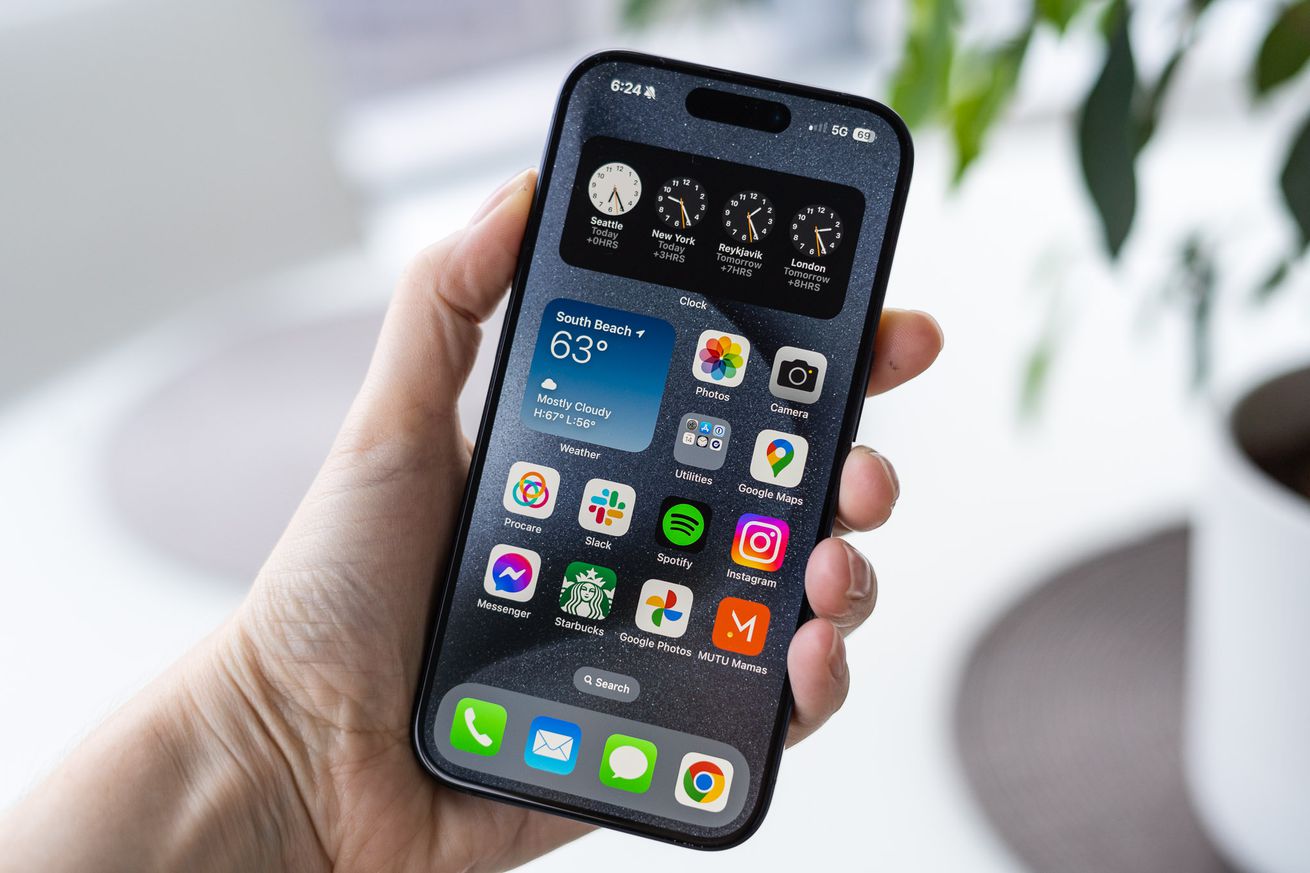
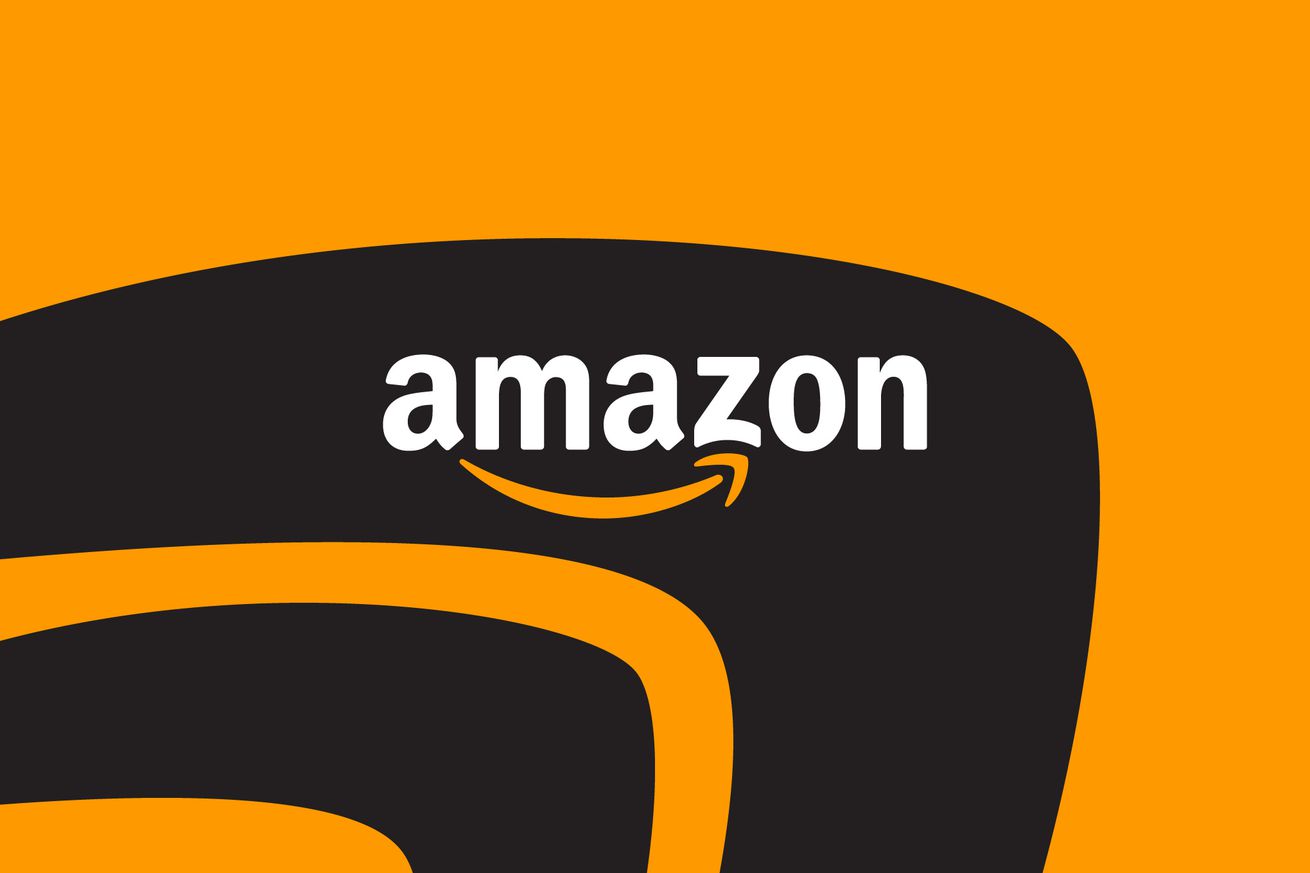


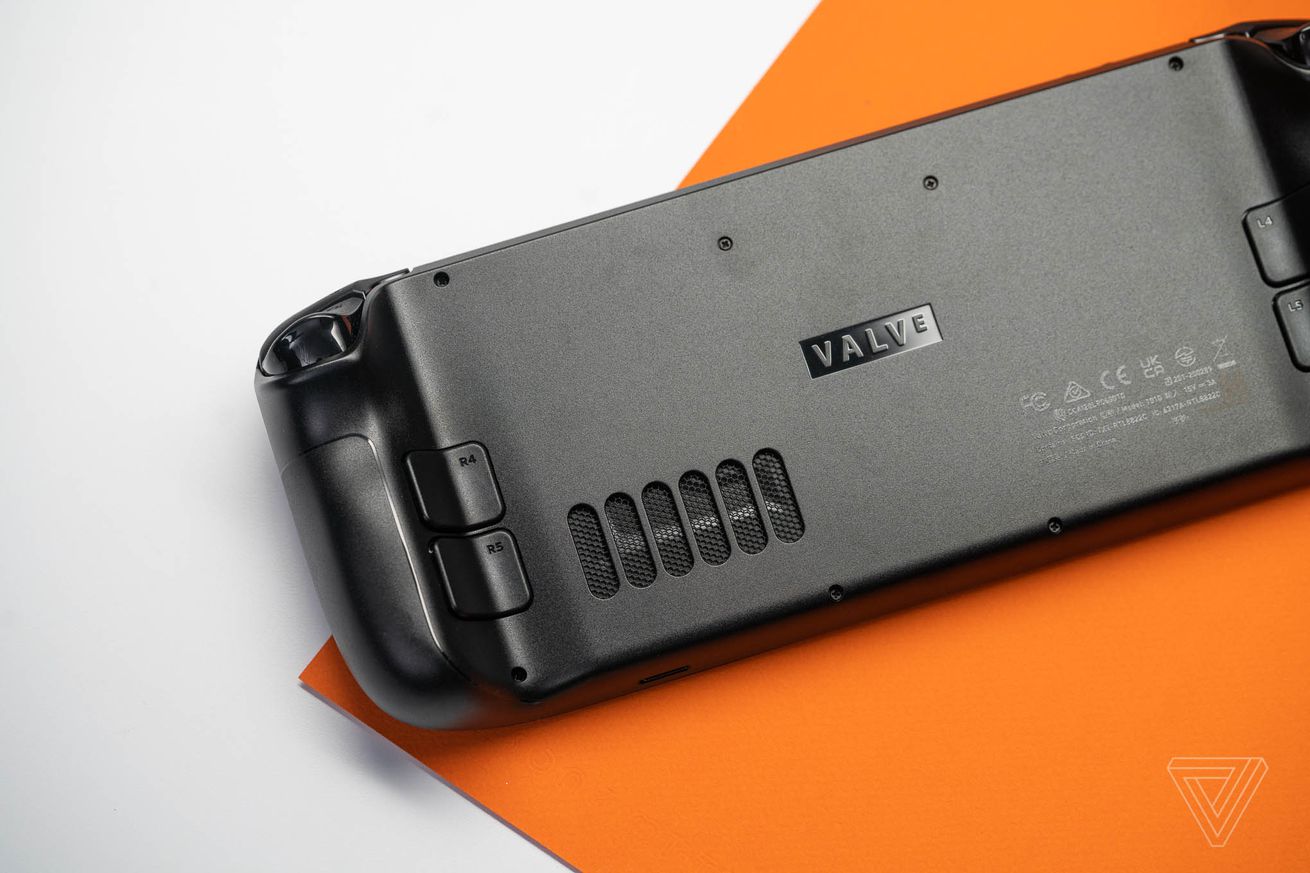



/cdn.vox-cdn.com/uploads/chorus_asset/file/24939877/iFixit_Pixel_Fold_page.jpg) Image: iFixit
Image: iFixit



